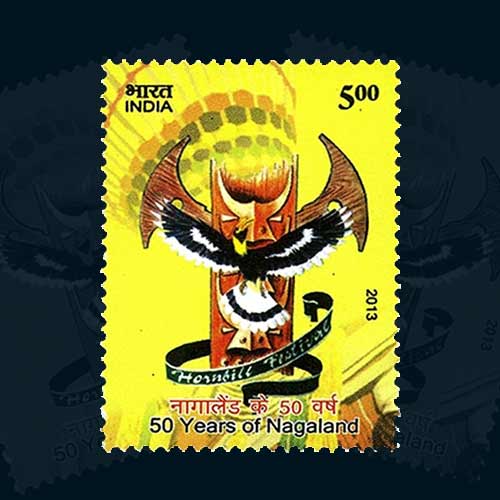Nagaland
2017-12-01 Fri
At the south of ferocious Brahmaputra river, lays a handsome state of Nagaland. It is located in the north-eastern part of India, alluring with magnificent fauna and flora which beautify its rich culture and traditions. Many would even call this state – “the land of hill tribes”, its antiquity is touched by one of the Veda Yajurveda.Today, i.e. 1st December 1963 Nagaland is celebrating the 53rd year of its emergence in the Union of India.
The people of Nagaland before the arrival of British had a little known recorded history. Locals of this region were divided into different tribes and had control of the various hills. Before the separation of Burma from India, Nagaland and few areas of Assam came under Burma’s control.
The people of Nagaland were called ‘Naga’, they were also referred as ‘Kiratas’. Initially, British invasion was resisted by the Naga tribes but in 1866 due to the shift of capital in eastern India, British focused their interest on the Naga tribe. These changes brought the major tribes under the control of British.
The period of World War II brought the war to the foot of Nagaland. The Battle of Kohima in 1944 gave one of the greatest victories to British during World War II. After Independence, the Naga areas continued to be the part of Assam. Eventually, it was made a union territory as Naga Hills Tuesang Area (NHTA) but the unrest in the area was still experienced.
In August 1962, a bill was moved in Indian Parliament for creating the State of Nagaland. Indian President Sarvepalli Radhakrishnan inaugurated the state of Nagaland at Kohima on this day 53 years ago.
Today it is a part of the Republic of India. It is also identified as a part of seven sister states of the northeast. To celebrated its 50 years of its emergence, India Post issued a commemorative stamp in 2013.
India Post has also issued stamps explaining the different events and aspects of Naga people.
Latest News
-
Panchala King Bhanumitra Copper Coin
2024-04-26 FriThe Panchala kingdom was ruled by the Mitra kings. The Mitra kings are known to issue coins and most...
-
Mahatma
2024-04-25 ThuIndia Post issued a commemorative postage stamp on #LalaHansraj, also known as Mahatma Hansraj for�...
-
Berar Mint of Muhammad Akbar
2024-04-25 ThuBerar was a kingdom located in the Deccan region, with Elichpur as its capital. It was one of the Su...
-
Janma Kalnayak of Bhagwan Mahavir
2024-04-24 WedOn 21st April 2024 which was the 2550th Janma Kalnyanak of Bhagwan Mahavir Swami, PM Modi unveile...
-
Gold Pagoda of Vijaynagar Empire King Deva Raya I
2024-04-10 WedKing Deva Raya I of the Vijayanagara Empire was a patron of Kannada literature and architecture. He ...

